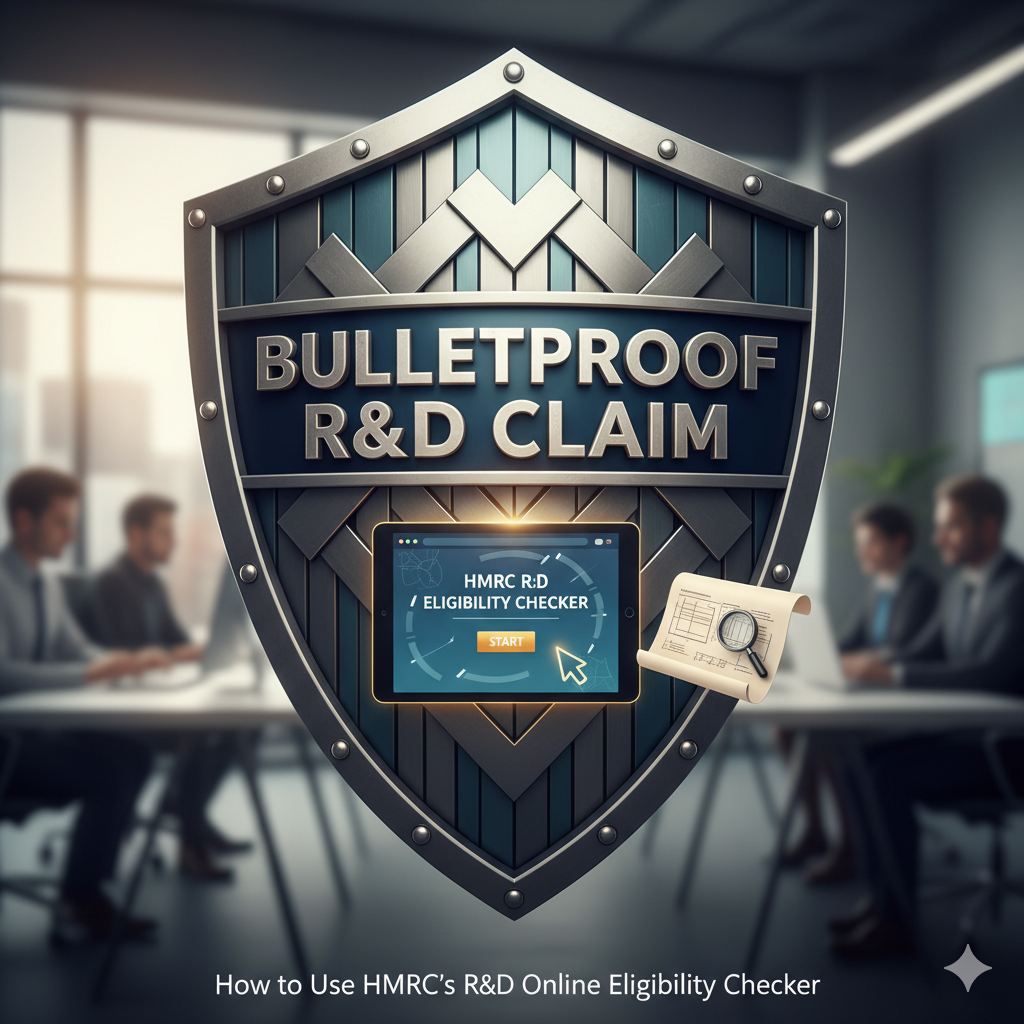Delaware Flip Done Right: How We Helped a UK Tech Startup Expand to the US Without Paying Stamp Duty

Written by:
Daniel Scott
Partner & Head of Accounting
Thinking about a Delaware Flip?
For many UK tech founders, it’s the step that unlocks global growth. US venture capital, accelerator programmes like Y Combinator, and a huge market of early adopters often sit just beyond reach until your company has a Delaware parent.
But a flip isn’t just about registering in the US. If it’s handled without the right tax and accounting advice, it can trigger UK Stamp Duty, fall foul of anti-avoidance rules, or even confuse your company’s legal structure across two jurisdictions.
Here’s how we guided one SaaS startup through the process securing full Stamp Duty relief, staying compliant with HMRC, and leaving them investor-ready for a leading US accelerator.
Why UK Startups Are Flipping to Delaware
For ambitious UK tech businesses, the US is usually part of the long-term plan. It’s home to the biggest venture funds, the world’s best-known accelerators, and many of the customers who set global trends.
To participate, however, investors often insist that a Delaware-incorporated parent company sits at the top of the structure. A Delaware Flip achieves this by creating a new Delaware holding company and exchanging the existing UK shareholders’ shares for shares in that US entity. The UK company becomes a wholly owned subsidiary, continuing its day-to-day trading as before, but now part of a US-headed group.
Conceptually, it’s simple. In practice, the tax and compliance steps are highly technical.
The Risks If You Get It Wrong
Transferring shares in a UK company normally attracts 0.5 % Stamp Duty, even where no cash changes hands. Relief under Section 77 of the Finance Act 1986 is available for share-for-share exchanges, but it only applies when very specific conditions are met:
- The acquiring company must issue its own shares (not cash or loan notes) in exchange.
- Those shares must be issued in the same proportions and with equivalent rights to the shares being transferred.
- The arrangement must have a bona fide commercial purpose and not form part of any scheme whose main purpose is tax avoidance.
Since 2016, an additional rule Section 77A FA 1986 can block relief where there are disqualifying arrangements in place. These are agreements or understandings that transfer control of the acquiring company, now or later, as part of a wider plan. Founders need to be sure that no such arrangements exist when the flip takes place.
Even when the technical tests are met, HMRC’s Stamp Taxes team will scrutinise the paperwork closely. An informal opinion from HMRC can help identify early red flags, but it isn’t binding; full relief only comes once the formal adjudication is granted.
Finally, the corporate housekeeping must be perfect: UK share registers, Stock Transfer Forms, and Companies House filings must all align with the new Delaware documents. Any mismatch will raise questions during US investor due diligence.
Case Study: A UK SaaS Company Expanding to the US
A high-growth UK software business building AI-driven products was invited to join a major US accelerator. To participate, they needed a Delaware top-holding company but were concerned about the tax and compliance risks.
Their three biggest worries were:
- Triggering Stamp Duty on the share-for-share exchange
- Falling within the anti-avoidance rules under Sections 77 and 77A FA 1986
- Managing the complex filings required in both the UK and US
Here’s how we managed the process.
Step 1 — Early Planning and Risk Analysis
We began with a full review of the company’s structure, investor pipeline, and timing. Planning before the Delaware entity is even formed is crucial. We assisted in the mapping of the transaction to meet all Section 77 conditions ensuring matching share rights, no cash or debt consideration, and clear commercial rationale. We also checked for any convertible instruments, options, or SAFEs that might need special handling in the exchange so they didn’t jeopardise the relief.
Step 2 — Engaging HMRC Upfront
Before any share transfers took place, we provided HMRC’s Stamp Taxes team with a clear summary of the proposed transaction and requested informal feedback. HMRC confirmed there were no immediate concerns that would block relief, giving the founders early reassurance. Importantly, we explained that this comfort wasn’t final, a formal adjudication would still be required.
Step 3 — Perfecting the Paperwork
We then prepared and/or reviewed the core documents:
- A Share Exchange Agreement setting out the transaction mechanics
- Stock Transfer Forms for each shareholder
- Updated registers of members for both the UK and Delaware entities
- Companies House filings, including an updated Confirmation Statement (CS01) showing the new Delaware shareholder
Each document mirrored the others exactly. This consistency is essential both for HMRC’s review and for later investor due diligence.
Step 4 — Formal Section 77 Claim
We compiled a detailed Section 77 claim pack for HMRC adjudication. It included the commercial rationale, confirmations that no disqualifying arrangements existed, evidence of share equivalence, and all supporting corporate records.
We also addressed the anti-avoidance provisions directly, explaining the genuine commercial motive for access to US investment and accelerator participation rather than any attempt to sidestep UK tax.
Step 5 — Outcome: Relief Granted and Investor-Ready
HMRC reviewed the submission and issued a formal letter confirming:
- Full relief from Stamp Duty under Section 77 FA 1986
- No disqualifying arrangements under Section 77A
- Proper stamping of all Stock Transfer Forms
- No SDRT charge arising
This gave the founders the clean legal position they needed for US investors. With the Delaware parent in place and no unexpected tax exposure, the company completed its accelerator placement and raised its next round successfully.
Why This Matters
A Delaware Flip can transform a company’s trajectory, but it’s not a quick formality. HMRC relief isn’t automatic, and minor inconsistencies can cause big delays. The process demands careful sequencing, precise documentation, and clear disclosure.
Handled properly, however, the outcome is powerful: full relief from Stamp Duty, investor-ready records, and a structure built for international growth.
How OnTheGo Accountants Helps
We specialise in guiding UK tech and SaaS founders through complex reorganisations and cross border structures, including Delaware Flips, EMI schemes, and VC fundraising. Our focus is on clarity, compliance, and commercial sense helping you scale globally without tripping over UK tax rules.
When we manage a flip, we:
- Confirm that the structure meets Section 77 and 77A conditions
- Liaise with HMRC from initial outline to formal adjudication
- Review to help keep both UK and US filings fully synchronised
- Review any convertible instruments or options pre flip
- Advise on residency and control to prevent UK tax leakage
If you’re considering a Delaware Flip or US fundraising, speak to us early. Getting the structure right from the start saves time, cost, and stress later.
📩 Contact OnTheGo Accountants to discuss your plans in confidence.





